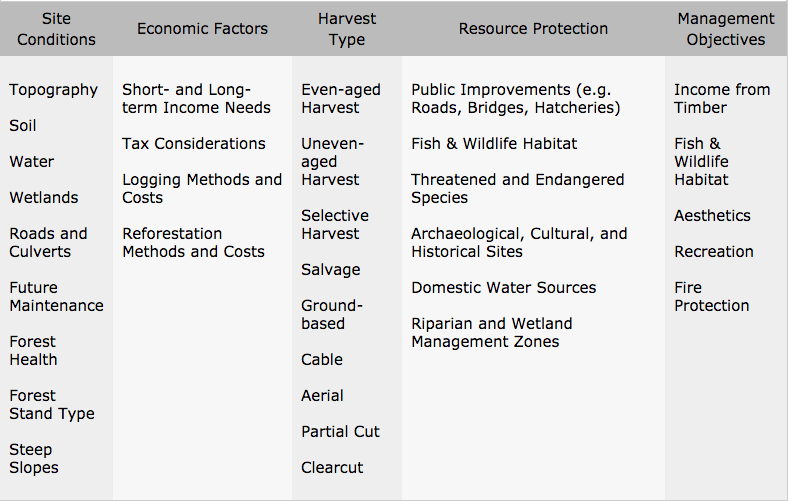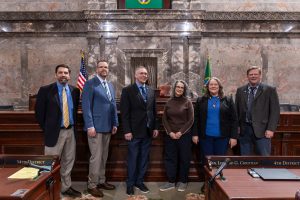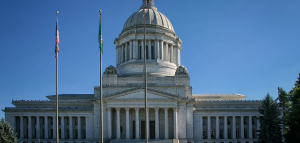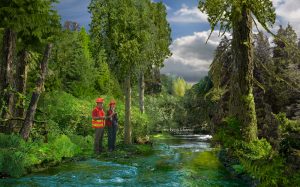Reforestation is a critical aspect of sustainable timber harvesting in Washington. State regulations mandate replanting harvested areas within three years, with an average of 52 million tree seedlings planted annually by forest landowners. This proactive approach aims not only to meet regulatory requirements but also to promote faster tree growth and wildlife habitat restoration.
Protecting and enhancing the values of sustainable working forests.
WASHINGTON FOREST PROTECTION ASSOCIATION
Sustainable Timber Harvesting
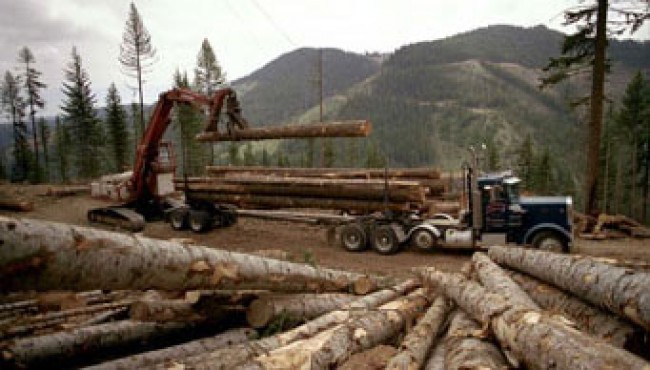
Typically, after about five decades of growth, reforested areas are ready for timber harvesting. Most of today’s private forest harvesting occurs in second-growth forests that were initially planted by timber companies 50 to 60 years ago, with a focus on reinvesting in the future. Contemporary foresters carry on this tradition, employing science-based research and adaptive management as the cornerstones of modern forestry.
FORESTRY SCIENCE HELPS IDENTIFY BEST PRACTICES FOR HARVESTING
Forestry science continually imparts new harvesting techniques to Washington’s foresters, emphasizing the long-term health of their private forests. For instance, research has highlighted the negative impact of soil compaction on forest regeneration, prompting the use of harvesting methods and machinery that minimize soil disturbance. Scientific studies also emphasize the importance of preserving trees and downed logs for wildlife habitat. Consequently, various wildlife reserve trees, green recruitment trees, snags, and downed logs are now retained in harvested areas to benefit birds and small animals.
Clearcut harvesting, which involves removing all trees from a specific area at once, has been shown to enable newly planted seedlings to access the necessary sunlight without competition from larger trees. To mitigate the visual impact of clearcut harvesting, private forest landowners are increasingly embracing landscape architecture principles, such as aligning with natural land contours, avoiding square corners, and refraining from ridge-top harvesting.
DESIGNING FOR A TIMBER HARVEST REQUIRES EXTENSIVE PLANNING
Planning and designing a timber harvest is a multifaceted task for private forest landowners, often carried out years in advance. It takes into account site conditions, environmental protection considerations, and market conditions. Private forest landowners collaborate with the Washington State Department of Natural Resources to adhere to state laws and uphold responsible forest management standards by sharing best practices.
TIMBER HARVEST PLANNING CONSIDERATIONS
Timber harvesting on private forestland necessitates listening to the perspectives of various stakeholders involved. Considerations include environmental protection, wildlife habitat preservation, and market demands.
WFPA HELPS DRAFT LEGISLATION SETTING HARVESTING GUIDELINES
Through the Washington Forest Protection Association (WFPA), private forest landowners have played a pivotal role in shaping legislation governing harvesting practices, such as the Forests & Fish Law. This landmark legislation establishes guidelines for harvesting that balance economic productivity with the protection of fish and wildlife habitat, as well as Washington’s clean water.
REFORESTATION BRINGS NEW LIFE
Washington has some of the toughest forest practice laws in the country, requiring a harvested area to be replanted within three years.
Each year forest landowners in Washington plant an average of 52 million tree seedlings in areas that have been harvested.
On average, that’s three seedlings planted by hand for every one tree removed.
TREE NURSERIES ENSURE STRONG AND HEALTHY THIRD-GROWTH FORESTS
These 52 million tree seedlings primarily come from Washington’s tree nurseries. The use of seed zones ensures that the right tree species are planted in the most suitable locations, resulting in long-lasting and healthy forests resilient to climate and pest challenges.
While the first seed zone maps were published in 1966, a lot of new information has been incorporated since then. The use of seed zones help landowners replant trees that are best adapted to the site, thus producing long-lived and healthy stands, limiting damage from climate and pests and maintaining locally adapted gene pools.
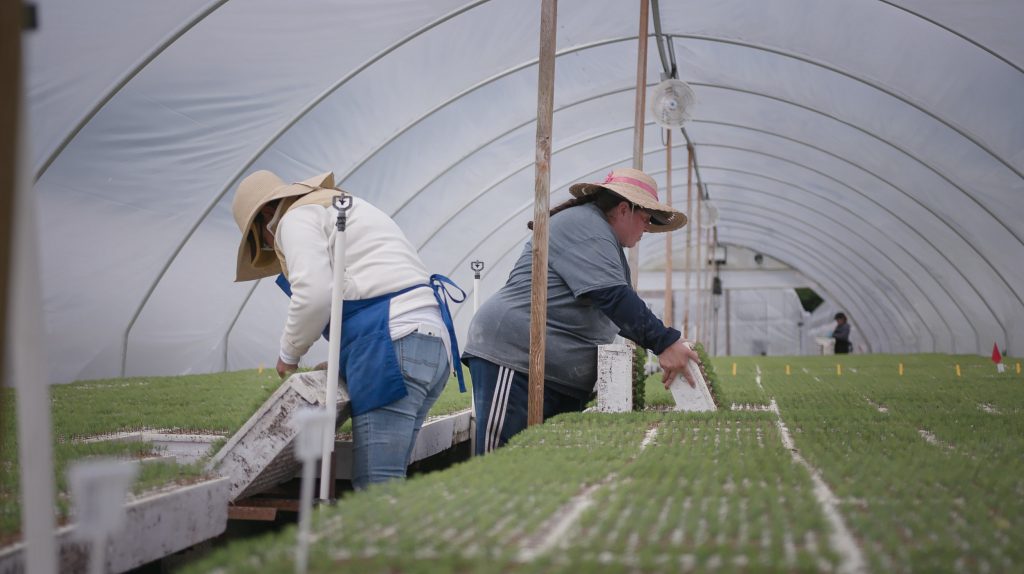
The successful reforestation of harvested areas is vital for private forest landowners, representing a transition to the next generation of forests. Washington’s private foresters take pride in their expertise, from site preparation to tree species selection, ensuring responsible and effective regeneration of their private forests.
REPLANTING PRIVATE FORESTS WITH ACCOUNTABILITY AND EXPERTISE
The successful reforestation of a harvested area, although complex and challenging, is a private forest landowner’s springboard to the next generation of forest. That’s why Washington’s private foresters take a lot of pride in knowing the intricacies of reforestation. Whether it be preparing a site for planting by reducing logging debris, correctly matching the right tree species to the right growing conditions, or not compacting the soil with heavy machinery before planting because it lessens a young tree’s chance to survive, WFPA’s members are taking the lead in what is the responsible and the right way to regenerate their private forests.
